If you’re diving into the world of professional video streaming or broadcasting, you’ve likely come across the term SDI encoder. But what exactly is it, and why is it so important? Whether you’re a beginner exploring live streaming or a professional looking to upgrade your setup, this guide will walk you through everything you need to know about SDI encoders. We’ll cover what they are, how they work, product recommendations, and tips for choosing the right one.
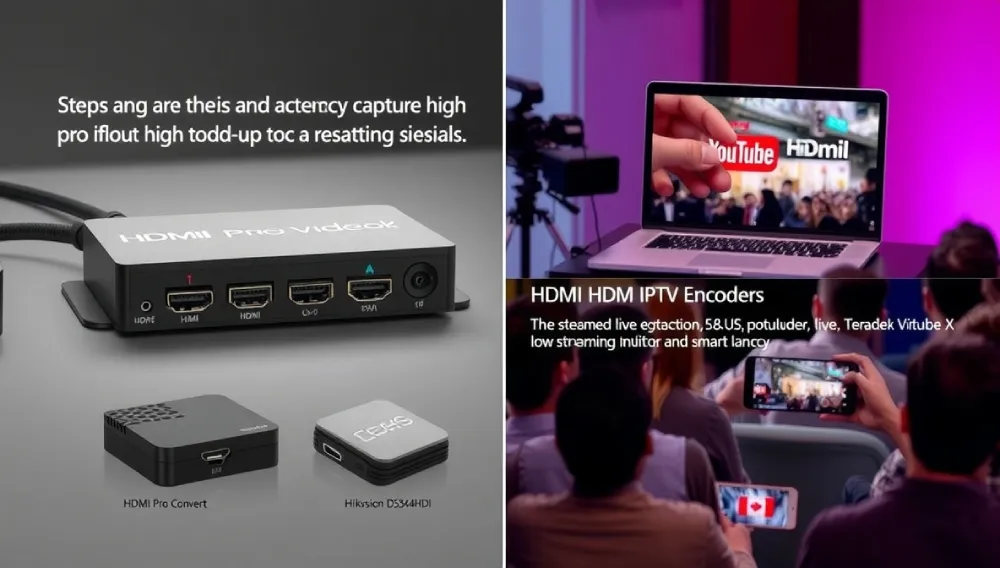
What is an SDI Encoder?
An SDI (Serial Digital Interface) encoder is a device that converts SDI video signals into a digital format suitable for streaming over the internet. SDI is a professional-grade video standard commonly used in broadcasting, live events, and production studios. The encoder takes the high-quality SDI signal from cameras or other equipment and compresses it into a streamable format like H.264 or H.265, allowing you to broadcast live content to platforms like YouTube, Facebook Live, or your own IPTV network.
Key Features of SDI-Encoders:
- SDI Input: Supports professional-grade video signals.
- Encoding Formats: Converts signals into H.264, H.265, or other streaming formats.
- Low Latency: Ensures real-time streaming with minimal delay.
- High-Quality Output: Maintains video and audio quality during compression.
- Compact and Rugged: Designed for both studio and field use.
Why Do You Need an SDI Encoder?
SDI encoders are essential for anyone working with professional video equipment. Here’s why they’re a game-changer:
- Professional Quality: SDI signals are known for their reliability and high quality, making them ideal for broadcasting.
- Long-Distance Transmission: SDI cables can transmit video over long distances without signal loss.
- Low Latency: Perfect for live events where real-time streaming is critical.
- Versatility: Works with professional cameras, switchers, and other SDI-enabled devices.
- Future-Proofing: SDI is a widely adopted standard in the broadcasting industry.
How Does an SDI Encoder Work?
The process is straightforward:
- Input: Connect your SDI source (e.g., camera or video switcher) to the encoder.
- Encoding: The encoder compresses the SDI signal into a digital format like H.264.
- Streaming: The encoded signal is sent to your chosen streaming platform or IPTV network via an internet connection.
- Output: Your audience views the stream in real time on their devices.
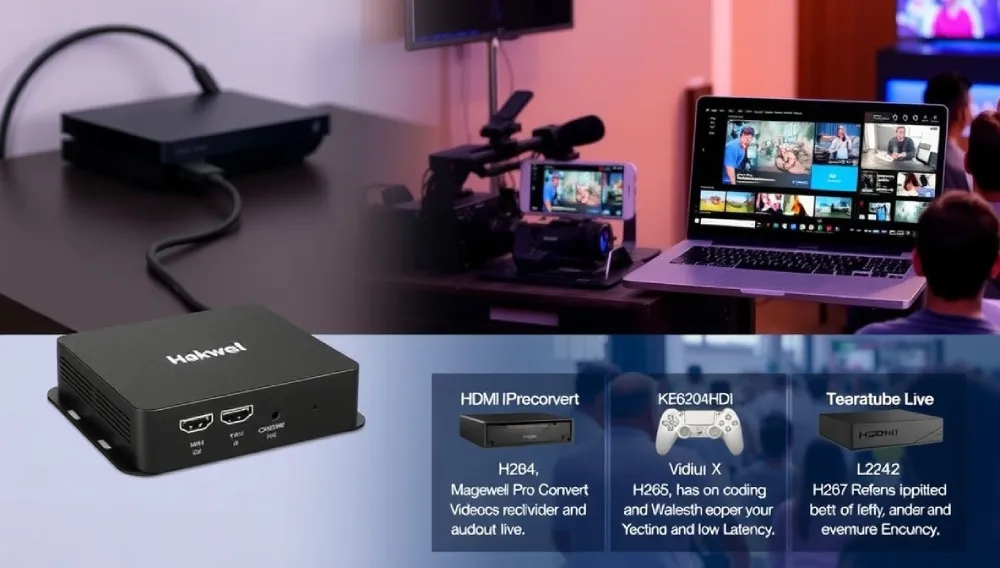
Top SDI-Encoders: Product Recommendations
Here are some of the best SDI encoders on the market, along with their pros and cons:
1. Magewell Ultra Stream SDI Encoder
- Pros:
- Supports 4K input and H.265 encoding.
- Ultra-low latency for real-time streaming.
- Compact and easy to use.
- Cons:
- Higher price point.
- Best For: Professionals needing top-tier performance.
2. Blackmagic Design Web Presenter
- Pros:
- Affordable and reliable.
- Built-in audio mixer.
- Streams directly to platforms like YouTube and Facebook.
- Cons:
- Limited to 1080p resolution.
- Best For: Beginners and small production teams.
3. Teradek Vidiu X SDI Streaming Encoder
- Pros:
- Streams to multiple platforms simultaneously.
- Rugged design for field use.
- Built-in touchscreen for easy control.
- Cons:
- Requires a strong internet connection.
- Best For: On-the-go streaming and live events.
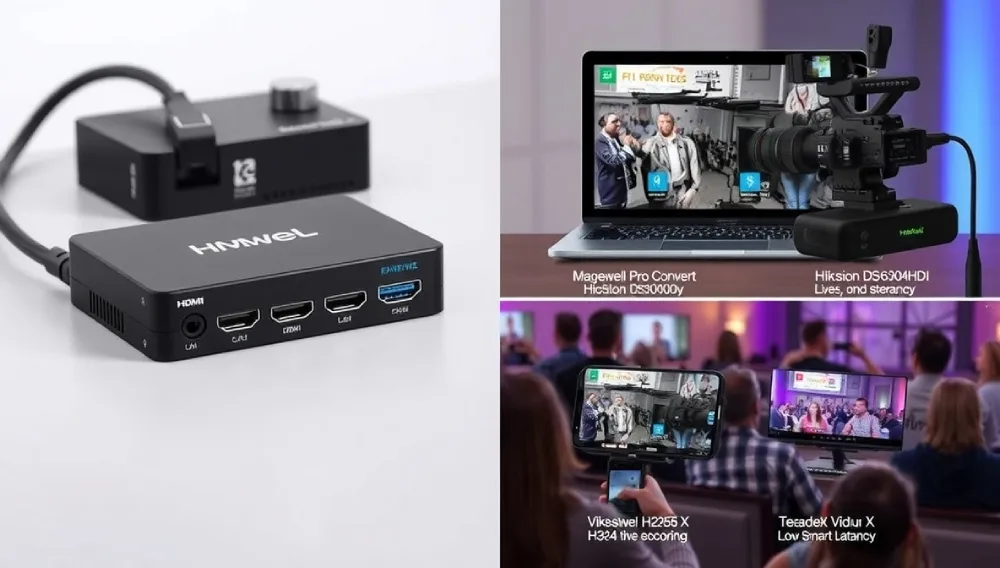
Buying Guide
Choosing the right SDI encoder can be tricky, but these factors will help you make the best decision:
- Resolution Support:
- Look for encoders that support at least 1080p. If you need ultra-high-definition content, opt for 4K support.
- Encoding Formats:
- H.264 is the most common format, but H.265 offers better compression and quality.
- Latency:
- Low latency is crucial for live streaming to ensure real-time interaction with your audience.
- Compatibility:
- Ensure the encoder works with your existing SDI devices and streaming platforms.
- Ease of Use:
- Plug-and-play encoders are ideal for beginners, while professionals may prefer more customizable options.
- Budget:
- Prices range from 500to500to2,000+. Determine your needs and choose accordingly.
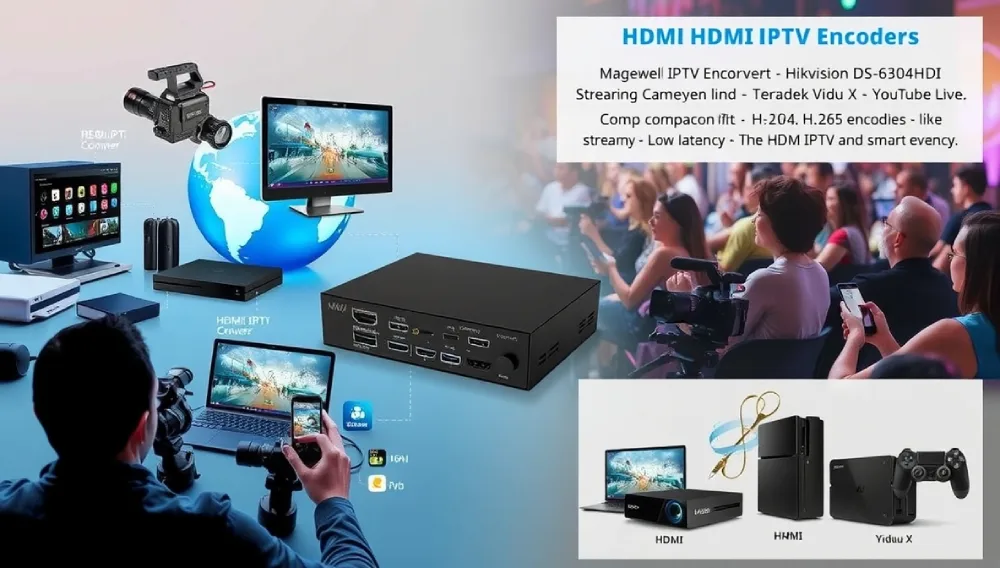
Personal Experience
As a video producer, I’ve used SDI encoders for everything from live sports broadcasts to corporate events. My first encoder was the Blackmagic Design Web Presenter, which was perfect for small-scale projects. However, as my projects grew in complexity, I upgraded to the Magewell Ultra Stream SDI Encoder for its 4K support and ultra-low latency. The difference in quality and reliability was immediately noticeable.
If you’re just starting out, I recommend the Teradek Vidiu X SDI. It’s user-friendly, versatile, and delivers excellent performance for its price.
FAQs
1. Can I use an SDI encoder for gaming?
- While encoders are designed for professional video equipment, they can technically be used for gaming if your setup supports SDI output.
2. Do I need a powerful computer to use an SDI encoder?
- No, most SDI-encoders handle the encoding process independently, so your computer’s performance won’t affect the stream.
3. Can I stream to multiple platforms at once?
- Yes, some encoders like the Teradek Vidiu X SDI support multi-platform streaming.
4. What internet speed do I need for streaming?
- A minimum upload speed of 5 Mbps is recommended for 1080p streaming. For 4K, aim for at least 25 Mbps.
5. Is an SDI encoder the same as an HDMI encoder?
- No, SDI are designed for professional-grade SDI signals, while HDMI encoders work with consumer-grade HDMI signals.
Final Thoughts
An SDI encoder is a must-have tool for anyone working with professional video equipment. Whether you’re broadcasting live events, streaming corporate meetings, or producing high-quality content, the right encoder ensures your audience enjoys a seamless viewing experience. By considering factors like resolution, encoding formats, and budget, you can find the perfect encoder for your needs.
If you’re ready to take your streaming to the next level, I highly recommend starting with the Teradek Vidiu X SDI. It’s user-friendly, versatile, and delivers exceptional performance. Happy streaming!
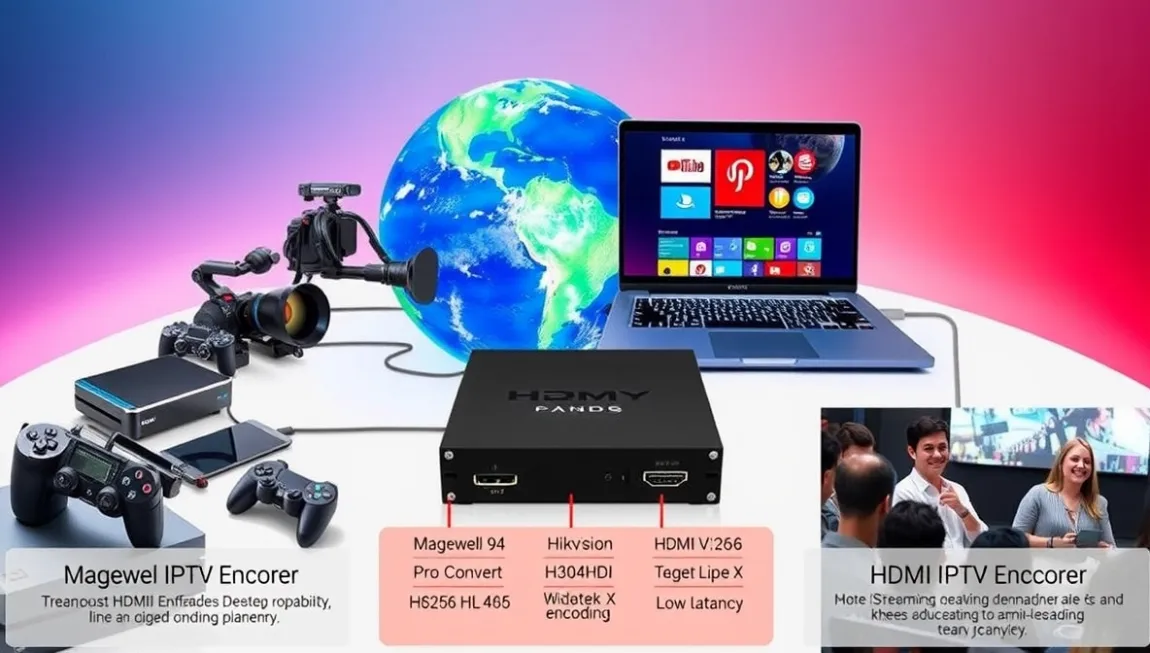

1 thought on “The Best SDI Encoders”